

The year was 1989. The concept was simple. Build a city from scratch, watch it grow and hope to God that it didn’t end up getting destroyed by fire, storm or just a bunch of riots in the streets. It was simple, straight forward, to the point and started a craze of goal oriented PC games that have been going strong ever since.
The original Sim City was very simple and by today’s standards, very primitive. The graphics were crude two dimensional blocks and the terrain itself was pretty unrealistic. But people had a blast playing it. As you kept building onto your city, which had to be done under certain basic rules, it became harder and harder to keep it from crumbling under your nose. There was a degree of realism to the game. As your city grew and the population grew with it, so did crime, pollution and all the other negative things that went along with a big city.
As was stated above, you did have to follow some basic rules. For starters, you couldn’t have a city without some kind of power plant, whether it be coal or nuclear. Nuclear was very expensive so you pretty much had to start off with a coal plant. You then put up your houses and businesses and had to connect them to the plant with electric lines and to each other with the same.
You were given a certain amount of money to do this. Everything cost money in this game, even the power lines. So you had to be very careful with the way you spent it. Income was derived by the taxes paid to you buy the people who moved into your city after you started to build it. Actually, at first you’re a town. You don’t get to be a city until you reach a certain population, which takes quite some time.
There are other ways you can make money such as putting up a stadium for sporting events. You can also put up a sea port to get income from trade. Airports can also be built. Eventually your city is really hopping. That’s when the fun starts. How?
Well, your roads start to crumble from the weight of all the traffic jams. People begin to complain because of the traffic, crime and pollution. They start to move out if things get too bad. When that happens, your income goes down. There’s not enough money to repair the roads. Funding for your police and fire departments is inadequate. Fires start to break out and there aren’t enough firemen to put them out. Things become a real mess.
As simplistic as Sim City is, it’s also a real challenge. Unfortunately, because of limitations of the game itself, cities can only get so big before the game crashes. Fortunately, Sim City 2000, a 3D version of this game, released in 1993, took care of this problem. Sim City 3000 came out in 1999 and Sim City 4 saw the light of day in 2003.
To this day, many people still get a thrill out of seeing their favorite city crash and burn.
Michael Russell
Your Independent guide to PC Games

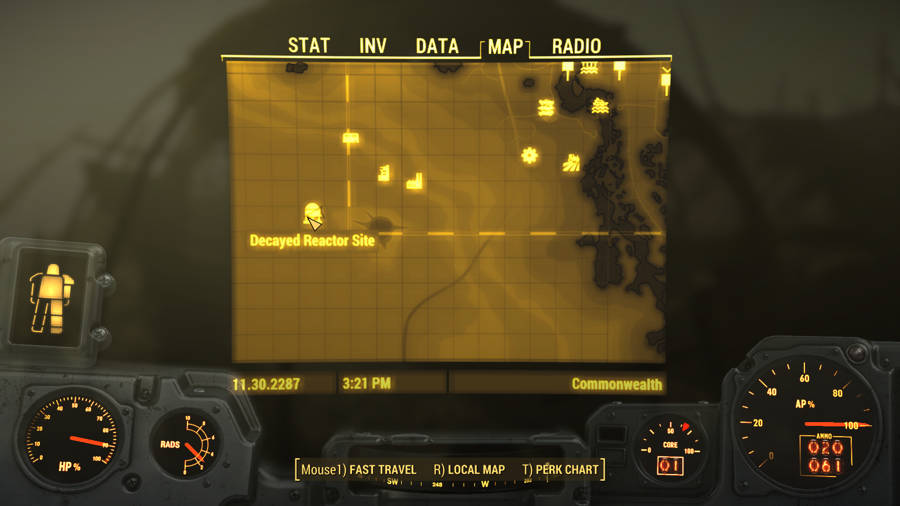
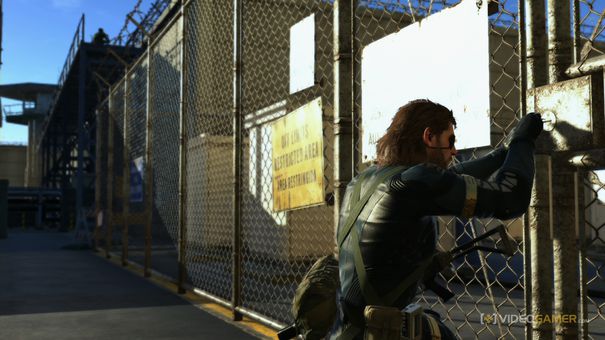

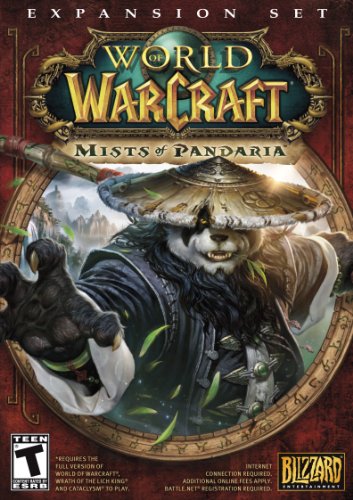 Sandbox Vs. Theme Park MMORPGs
Sandbox Vs. Theme Park MMORPGs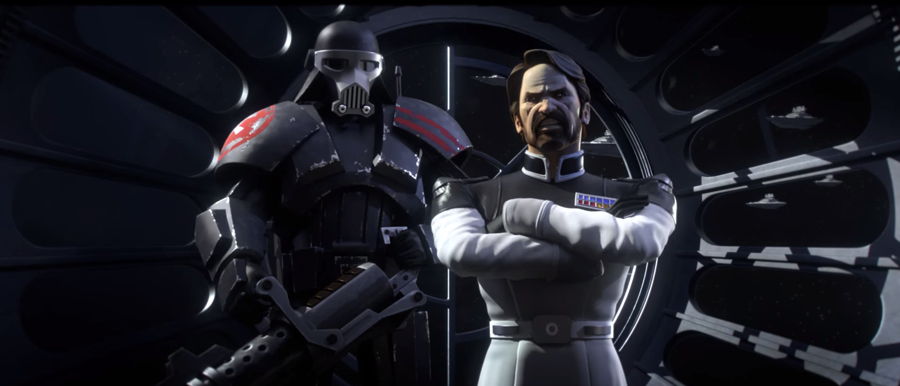 Star Wars Uprising Guide: How To Get Fast Chromium Guide
Star Wars Uprising Guide: How To Get Fast Chromium Guide Monster Hunter 3 Ultimate: How To Make Tons Of Money (z) Fast While AFK
Monster Hunter 3 Ultimate: How To Make Tons Of Money (z) Fast While AFK How to Play SkyBlock
How to Play SkyBlock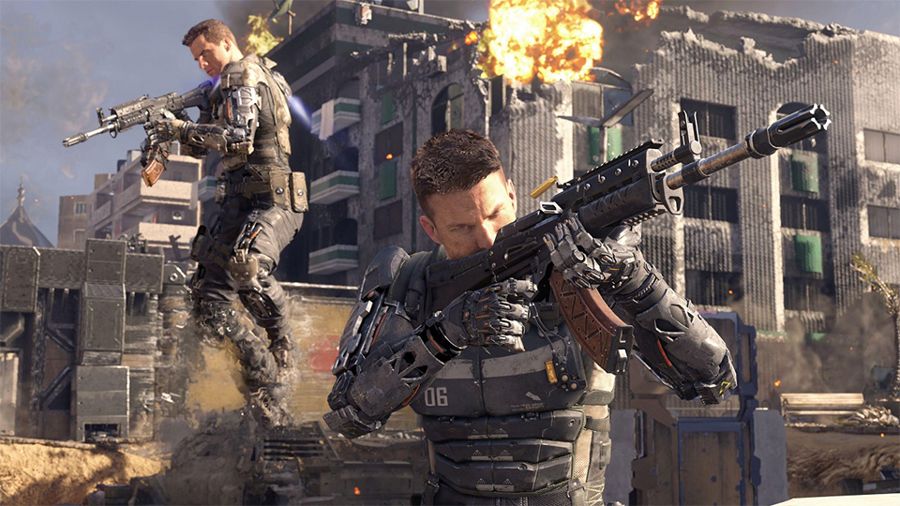 How To Earn Cryptokeys In Call Of Duty Black Ops 3
How To Earn Cryptokeys In Call Of Duty Black Ops 3